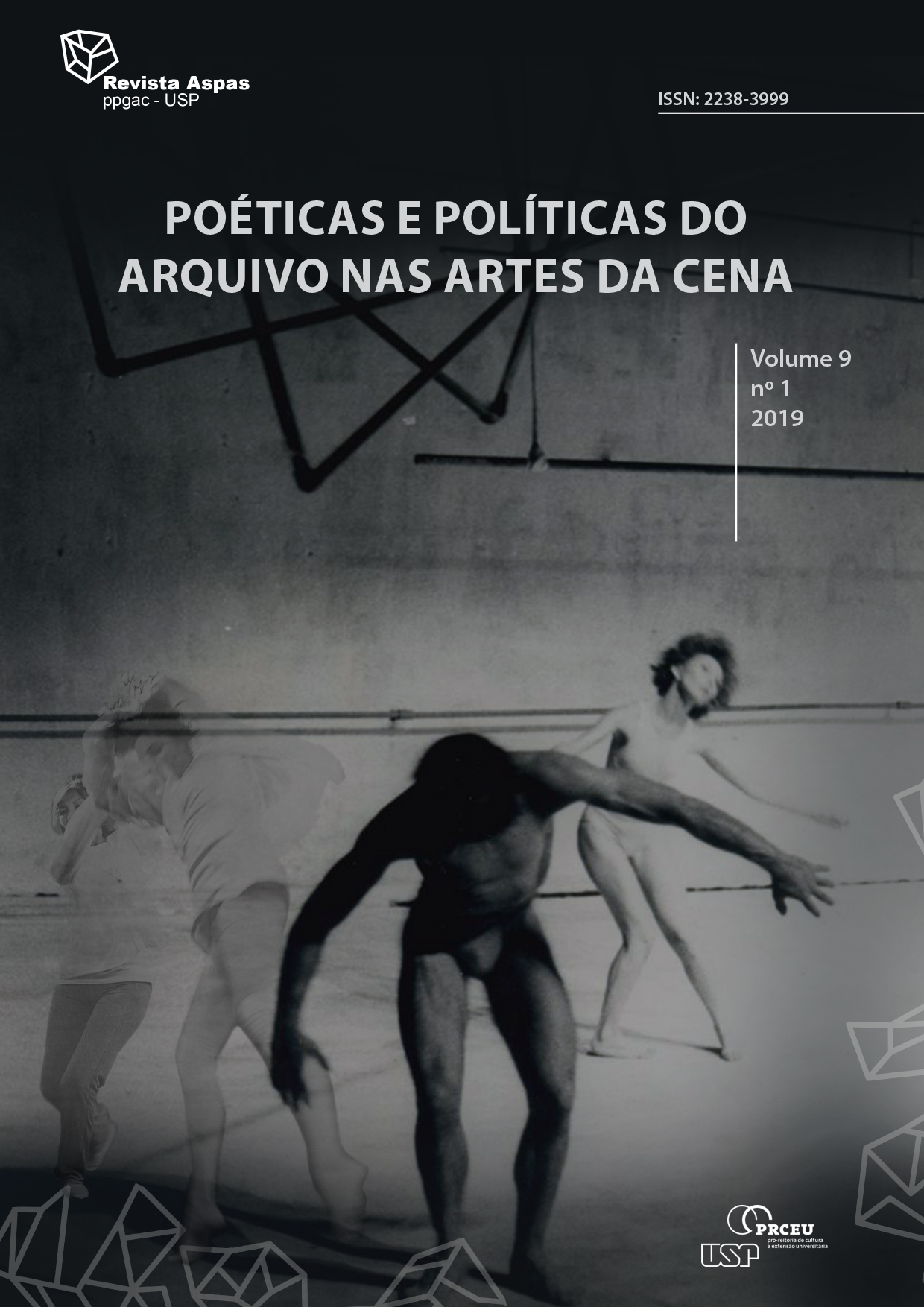Political historiography of theatrical textuality of the transvestite figure
archival processes on fictional extractivism of dangerous bodies
DOI:
https://doi.org/10.11606/issn.2238-3999.v9i1p112-128Keywords:
Theatrical archive, Transgenderity, Theatrical receptionAbstract
How did transvestite theatricality was documented throughout the history? How did text interpose with the staging throughout theatrical history in the sense of articulating the transvestite category? The development of contemporary scenic productions whose investigative core highlights the challenges of recognizing transgenderities in the social environment leads us to reflect on the psychosocial variations of the textual participation of the transvestite category in the historiography of the theater. This article presents a research and an analysis of the textual production on transgendered theater in three historical periods: a) Low Middle Ages (11th to 15th centuries) and Italian Renaissance (13th to 15th centuries); b) Elizabethan Theater (16th century); and c) Comédie Française (17th and 18th centuries). In order to verify the ways in which the theatrical productions containing the transvestite figure deal with the social moment of each period, we reflect on the aesthetic effect and the changes in modes of theatrical reception of the transvestite figure.
Downloads
Downloads
Published
Issue
Section
License
Copyright (c) 2019 Revista Aspas

This work is licensed under a Creative Commons Attribution 4.0 International License.
Whenever publishing material referring to the article published in the aSPAs Journal, the authors commits to mentioning such publication as follows:
“This article was originally published by aSPAs Journal volume (insert the volume), number (insert the number) in the year (insert the year) and can be accessed in: http://revistas.usp.br/aspas"







